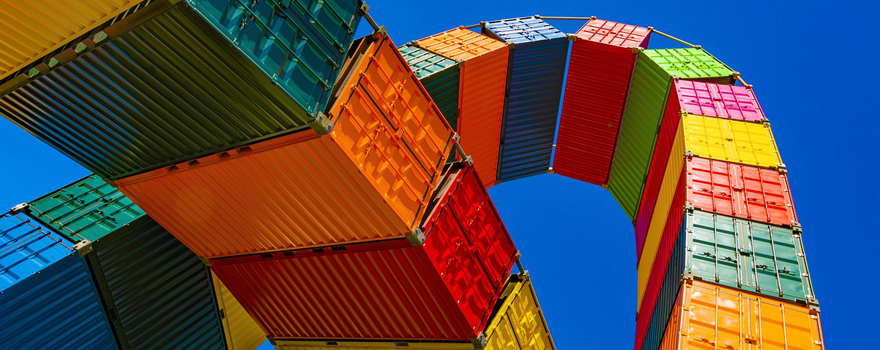
▲ Container stacks [Pixabay].
COMMENTARY / N.Álvarez, E.J.Blasco
Experts reflecting on the new world order could basically be divided into two groups: those who believe that China will replace the United States as the hegemonic power, at least the main one, and those who think that, despite China's obvious potential, Beijing will find limits that force it to lower its expectations and accept a multipolar scenario in which Washington can continue to have great strength.
One way of assessing the prospects for China's rise, in addition, of course, to looking at the big macroeconomic figures and other indicators on development, is to examine how Degree the New Silk Road, the great land and maritime communications platform through which China is to ensure its expansion as a superpower in the Eastern Hemisphere, is becoming a reality. Two recent books offer different, if not opposing, visions.
One, by Portuguese diplomat Bruno Maçães, warns that China ˝is realizing that it alone cannot provide the necessary financial resources for the ambitious project˝. The other, by British historian Peter Frankopan, takes the basics of the initiative for granted: ˝The Silk Roads are everywhere, not just in Central Asia, but crossing all of Asia, Africa, Europe and the Americas˝. The former sample greater skepticism about the Chinese deployment, while the latter, while also including critical aspects, deems it practically inevitable.
Belt & Road. A Chinese World Order, by Maçães(read review), focuses especially on the role of India. The author gives this country the character of core topic of vault in the project integrating Eurasia. If India decides not to participate in the New Silk Road, then the Chinese design will not reach the dimension desired by Beijing, from agreement with Maçães. For the latter, the fact that China has ˝ignored and disdained˝ India's interests may end up being ˝a major Chinese miscalculation˝. It is not that he does not believe in the advances that Beijing's drive will bring to broad regions, but he believes that in the end Chinese influence will necessarily end up being lax, in an order of great autonomy for each country, as for decades has been the Western order captained by Washington.
The New Silk Roads. The present and the future of the World, by Frankopan(read review), believes that the globalizing dynamics of the world are moving in the same direction as China's strategy, in the face of the isolationism of the West, both in the European Union, where there is a rise of nationalism, and in the United States, governed by an Administration that is aggressive towards its allies and very restrictive in terms of immigration subject . Frankopan recognizes that China is not acting out of altruism, but following its own interests: the need to obtain natural resources, such as those coming from Africa, and to protect its own trade routes. He also points out the risks posed by the indebtedness of various countries as a result of China's easy credit . However, this is the century of Asia, and Asia is inevitably being shaped by China.